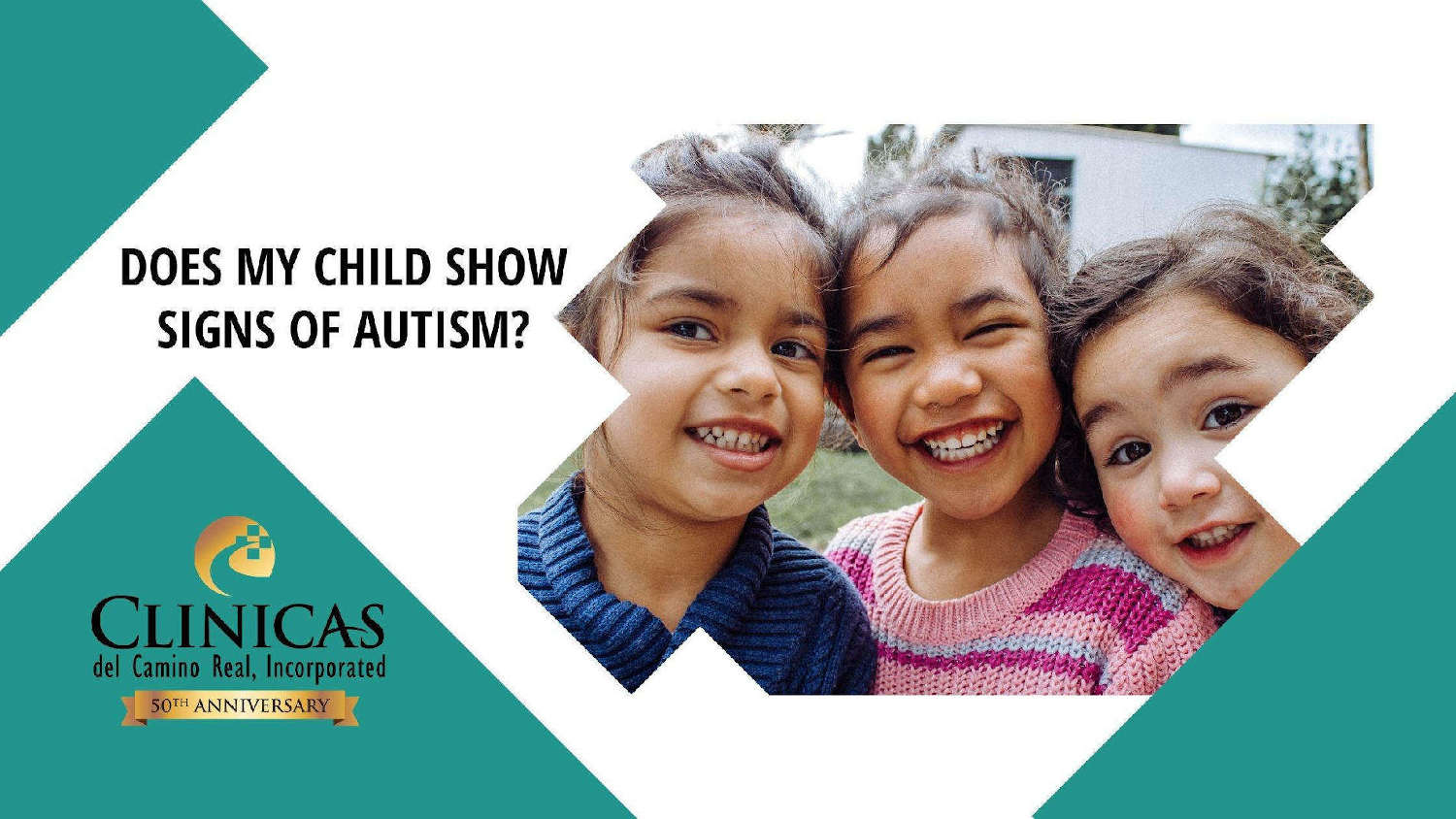
April is National Autism Awareness Month. It’s a good time to learn more about this developmental disorder that affects 1 in every 54 children, according to the Centers for Disease Control and Prevention (CDC). The signs of autism tend to develop gradually, but there are early signals that parents can watch for in young children. An early diagnosis means early interventions and, possibly, better outcomes.
What is Autism?
Autism, or autism spectrum disorder, is a condition that affects how the brain develops. The changes in development can lead to social, behavioral, and communication challenges. People with autism can have trouble interacting with others. Their learning and problem-solving abilities are different. They may exhibit repetitive behaviors and be resistant to change as a result.
What Causes Autism?
It’s not clear why some children are autistic. It’s a complex condition, so the most likely answer is that there are many factors involved. For some, there may be a genetic disorder such as fragile X syndrome at the root of their autism. There may also be genetic mutations that increase the likelihood someone will be autistic.
The environment may play a role in autism, as well. Medications and certain pollutants may trigger the developmental shift.
What is the Importance of Spotting Autism Early?
Most children begin to exhibit clear signs of autism by the age of four. The American Academy of Pediatrics believes that many of the developmental delays associated with autism, including language and social delays, are identifiable at 18 months or earlier.
Generally, the earlier the diagnosis, the better the likely outcome for the child. This is because, between the ages of birth to 3, the human brain has the most neuroplasticity. In other words, it is the most flexible early in life. That flexibility can improve the chances of children on the autism spectrum of developing new skills. The American Academy of Pediatrics believes that many of the developmental delays associated with autism, including language and social are identifiable at 18 months or earlier.
S.P.O.T the Early Signs
S.P.O.T. is an acronym that may help parents watch for the early signs of autism. S.P.O.T. stands for:
- Social differences -- Social differences could involve avoiding eye contact, not wanting to socialize with other children, and showing unusual play patterns like inspecting toys rather than playing with them. They may not take part in pretend play, as well.
- Persistent sensory differences -- Parents may notice a negative response from a child to everyday sounds like the TV. They may react to lights going on or to specific tastes and smells. Watch for repetitive patterns in these reactions. Any baby may cry the first time they hear the vacuum cleaner but then adjust to the sound. One that reacts the same one every time, though, may show some signs of autism.
- Obsessive or repetitive behaviors --Certain behavior patterns are associated with autism that can appear early in life, for example, flapping hands or rocking. Autistic children tend to have obsessive interests, too, in one activity.
- Talking or communication delays -- Most children are babbling by the age of 12 months and saying single words by 16 months. An autistic baby, however, may seem to be deaf. They may also start verbalizing and then stop. If they do speak, they may repeat a phrase or babble in an odd rhythm.
Parents who notice any of these early signs should make notes and give them to the pediatrician. Autism can be difficult to diagnose, so the more information the doctor has, the better and lead to early intervention.
Sources:
https://www.mayoclinic.org/diseases-conditions/autism-spectrum-disorder/symptoms-causes/syc-20352928https://www.cdc.gov/ncbddd/autism/data.html
https://www.cdc.gov/ncbddd/autism/facts.html
https://www.aappublications.org/news/2019/12/16/autism121619
https://nationalautismassociation.org/spot-asd-by-3/

